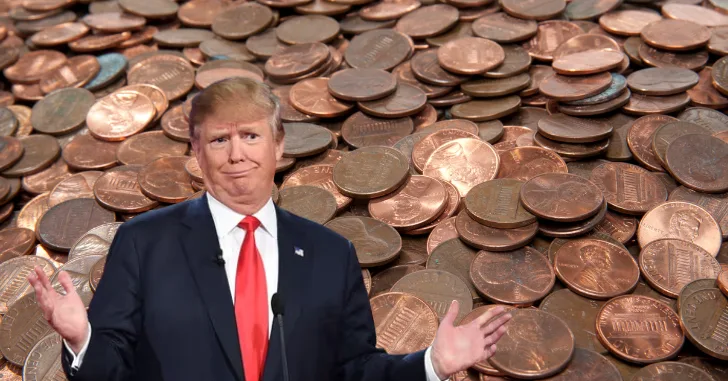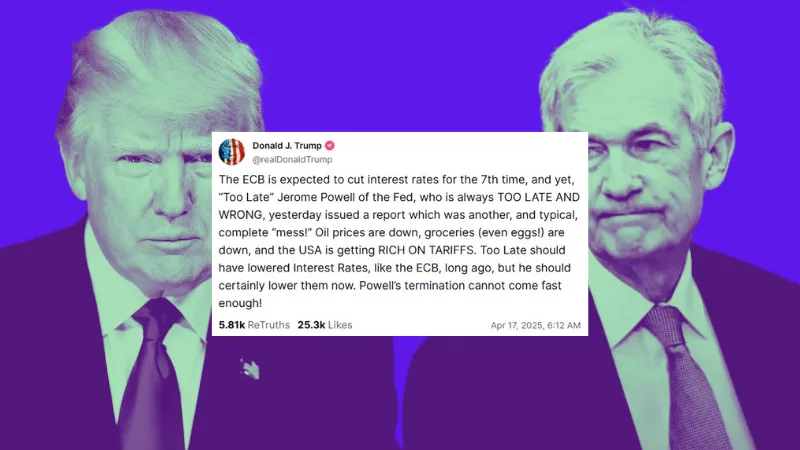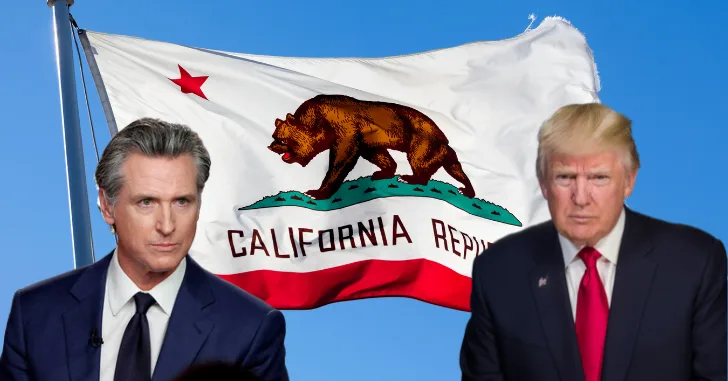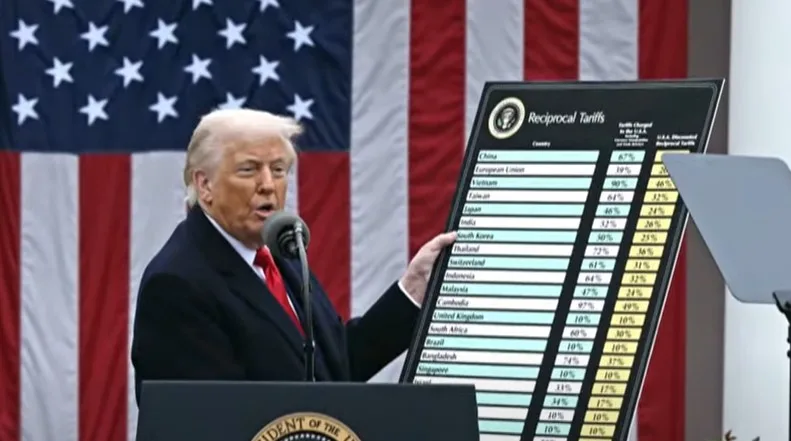The debate over eliminating the penny has raged for decades, but recent developments suggest that the United States may finally be on the verge of phasing out its smallest coin. President Donald Trump has reportedly directed the U.S. Treasury Department to halt the production of new pennies, citing their excessive cost and declining usefulness in modern commerce. If enacted, this decision could have wide-reaching implications for consumers, businesses, and the economy at large. So, why should Americans care?
The Cost of Keeping the Penny
On the surface, the penny seems harmless—just a tiny copper-colored coin that accumulates in jars and under couch cushions. However, the financial reality of keeping it in circulation tells a different story. According to government reports, it now costs approximately 3.7 cents to mint a single penny. That means the U.S. government is losing money every time it produces one. In total, taxpayers are footing an estimated $150 million per year just to keep pennies in circulation—money that could be allocated elsewhere.
The situation isn’t unique to the penny. The nickel, which costs nearly 14 cents to produce, presents a similar problem. However, the penny’s extremely low value has made it particularly impractical in today’s economy, where electronic transactions dominate, and most cash payments are rounded to the nearest dollar.
What Would Happen Without the Penny?
Countries such as Canada, Australia, and New Zealand have already eliminated their lowest-value coins, and their economies have adjusted seamlessly. Businesses in those nations now round transactions to the nearest five cents, a system that has proven to be largely uncontroversial.
If the U.S. follows suit, everyday cash transactions would simply be rounded up or down. For example, a purchase totaling $9.97 would round to $10.00, while a $9.96 purchase would round down to $9.95. Critics worry this could lead to small but cumulative price increases over time, particularly hurting lower-income Americans who rely more on cash transactions. However, studies on Canada’s penny elimination found no significant impact on inflation or consumer spending.
Why Should You Care?
Eliminating the penny isn’t just about saving the government money—it’s about economic efficiency. Every year, Americans collectively spend millions of hours handling pennies, whether counting them, rolling them, or waiting behind someone at the checkout fishing for exact change. Time is money, and for businesses, this adds up to lost productivity.
Moreover, for taxpayers, continuing to subsidize an outdated coin is a waste of government resources that could be better spent elsewhere—perhaps on infrastructure, education, or national debt reduction.
The move also has implications for metals markets. Pennies are primarily composed of zinc (97.5%), and eliminating them could impact industries dependent on zinc production. While minor in the grand scheme of things, these shifts demonstrate how a small change in monetary policy can ripple through multiple sectors.
The Emotional Attachment to the Penny
Despite the financial and practical arguments for eliminating the penny, there remains a sentimental attachment to it. The penny features the iconic profile of Abraham Lincoln, a beloved president. Some see the penny as a nostalgic piece of American history, while others argue that its elimination would symbolize a disregard for working-class Americans who still rely on small change.
However, history has shown that the U.S. is no stranger to retiring outdated currency. The half-penny was phased out in 1857 when it became impractical, and few mourned its disappearance. The same is likely to happen with the penny in a world where digital transactions continue to dominate.
Final Thoughts: Should the Penny Go?
The case for eliminating the penny is stronger than ever. Its production costs are unsustainable, its use in everyday commerce is negligible, and its elimination would streamline transactions and save taxpayer dollars. While some may mourn its disappearance, the practical benefits outweigh the sentimental value.
For Americans, this issue serves as a reminder to pay attention to how government spending affects our wallets. If the U.S. is wasting millions keeping an outdated coin in circulation, what other inefficiencies might exist in our financial system?
Ultimately, whether you support or oppose eliminating the penny, one thing is clear: it’s not just a trivial debate. It’s about economic responsibility, efficiency, and modernizing America’s financial system.





